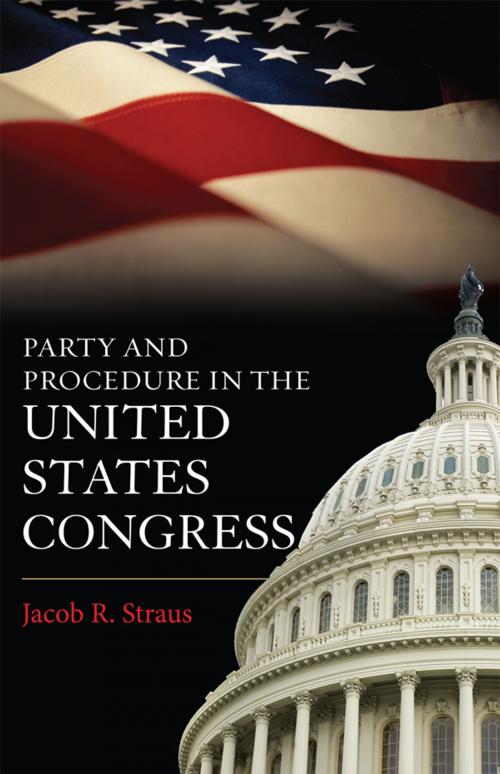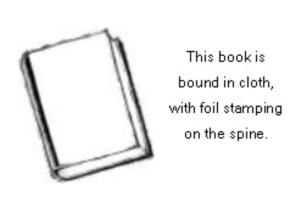Party and Procedure in the United States Congress
Nonfiction, Social & Cultural Studies, Political Science, Government, Political Parties| Author: | ISBN: | 9781442211742 | |
| Publisher: | Rowman & Littlefield Publishers | Publication: | March 16, 2012 |
| Imprint: | Rowman & Littlefield Publishers | Language: | English |
| Author: | |
| ISBN: | 9781442211742 |
| Publisher: | Rowman & Littlefield Publishers |
| Publication: | March 16, 2012 |
| Imprint: | Rowman & Littlefield Publishers |
| Language: | English |
Understanding how Congressional political parties utilize floor procedure to advance a legislative agenda is fundamental to understanding how Congress operates. This book offers students and researchers an in-depth understanding of the procedural tools available to congressional leaders and committee chairs and how those tools are implemented in the House of Representatives, the Senate, and during negotiations between the chambers. Divided into four sections (Leadership, House of Representatives, Senate, and Legislative Reconciliation between the Chambers), the contributors present relevant examples of procedure throughout the legislative process.
While other volumes provide the party or the procedural perspective, this book combines these two features to create a robust analysis on the role that party can play in making procedural decisions. Additionally, the contributors provide an opportunity to take a holistic look at Congress and understand the changing dynamics of congressional power and its implementation over time. A concluding chapter, “Legislative Sausage-Making: Health Care Reform in the 111th Congress,” summarizes the book’s major themes through an examination of this highly controversial legislative battle.
Understanding how Congressional political parties utilize floor procedure to advance a legislative agenda is fundamental to understanding how Congress operates. This book offers students and researchers an in-depth understanding of the procedural tools available to congressional leaders and committee chairs and how those tools are implemented in the House of Representatives, the Senate, and during negotiations between the chambers. Divided into four sections (Leadership, House of Representatives, Senate, and Legislative Reconciliation between the Chambers), the contributors present relevant examples of procedure throughout the legislative process.
While other volumes provide the party or the procedural perspective, this book combines these two features to create a robust analysis on the role that party can play in making procedural decisions. Additionally, the contributors provide an opportunity to take a holistic look at Congress and understand the changing dynamics of congressional power and its implementation over time. A concluding chapter, “Legislative Sausage-Making: Health Care Reform in the 111th Congress,” summarizes the book’s major themes through an examination of this highly controversial legislative battle.















